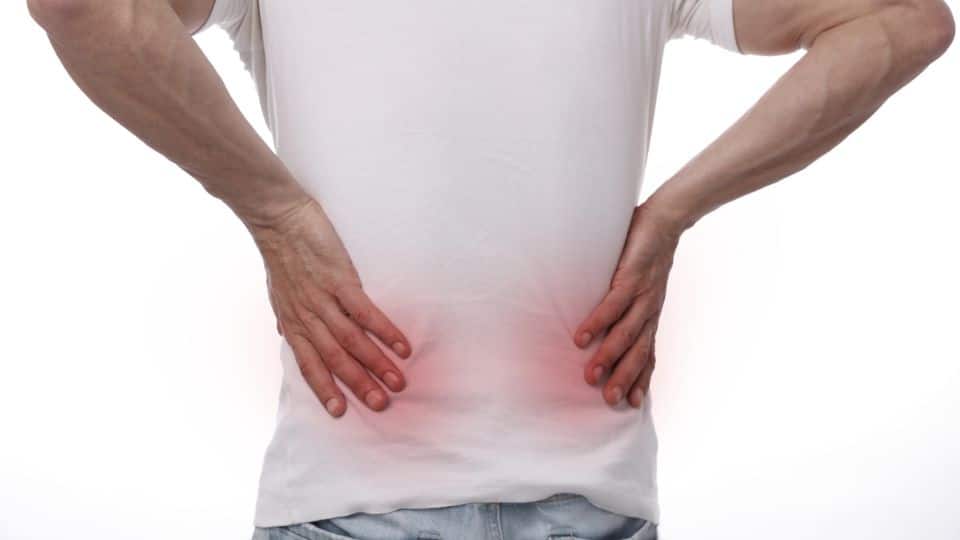
05 Dec Back Pain Vs. Kidney Pain: What’s the Difference
Back pain and kidney pain are two different conditions, but they can be pretty painful.
Kidneys are the organs that filter out waste from the body and are located in the lower back region. Back pain can occur anywhere in the spine, while kidney pain typically occurs near one or both kidneys.
Exercises like stretching, strengthening, and aerobic activities can help with back pain.
Read more: BACK PAIN RELIEF: EXERCISES & STRETCHES THAT CAN HELP WITH BACK PAIN.
However, kidney pain often requires medical attention as it may indicate an underlying infection or condition. It is important to note that back and kidney pain symptoms can overlap, making it challenging to distinguish between them. We will discuss the differences between back pain and kidney pain. We will provide tips on how to treat each condition.
1) Location
Back pain can occur in any back area, including the lower, middle, or upper back. It may also radiate to other areas, such as the legs or feet. Kidney pain is usually located in the flank region (just below the rib cage) on one side of the body.
2) Causes
Some causes of back pain include muscle strain, poor posture, and injury. Kidney pain is usually caused by infections, urinary stones, or other conditions that affect the kidneys, such as cancer and kidney disease.
3) Type of Pain
There are two forms of back pain; acute and chronic. Acute back pain is usually caused by an injury or through overuse of the muscles and ligaments in the back. It can be severe but typically resolves within a few days or weeks with rest, exercise, and physical therapy. Chronic back pain is persistent and lasts for at least three months. This pain is often caused by a spinal condition such as a herniated disc, sciatica, or arthritis.
On the other hand, kidney pain is usually sharp and located at the sides of your lower back. It can be accompanied by fever and nausea, which do not occur with chronic back pain. An infection or inflammation of the kidneys commonly causes this type of pain. It may be a sign of kidney stones, an enlarged prostate, or other urinary tract issues.
4) Pain Radiation
Back pain usually radiates or moves to other parts of the back, depending on its cause. For example, a herniated disc may cause sciatica, a sharp and shooting pain that travels down one leg. On the other hand, kidney pain is confined to your lower back and doesn’t typically radiate anywhere else.
Best Treatment Methods for Back Pain and Kidney Pain
Understanding the difference between back and kidney pain is essential for effective treatment.
The most common type of treatment for back pain is physical therapy. Physical therapists use a variety of techniques to help relieve back pain and improve mobility. These may include stretching, strengthening exercises, massage, ice or heat therapy, electrical stimulation, and ultrasound. Other treatments, such as acupuncture and chiropractic care, can also be used in combination with physical therapy to treat back pain.
Kidney pain, on the other hand, is typically treated with medications to reduce inflammation and relieve symptoms. Non-steroidal anti-inflammatory drugs (NSAIDs) are usually prescribed for kidney pain. Other medications, such as antibiotics or antispasmodics, may also treat any underlying infection or condition.
Contact Illinois Pain & Spine Institute for back pain relief in Chicago. We understand the severity of pain and can help identify the underlying causes of your discomfort.

